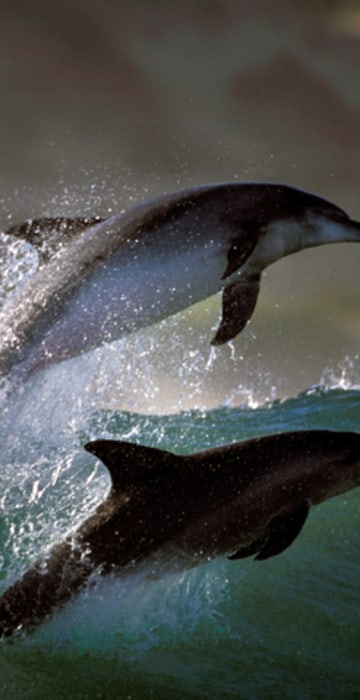
Pets
Remarkable photographs capture bottlenose dolphins leaping and surfing through the waves off the coast of South Africa.
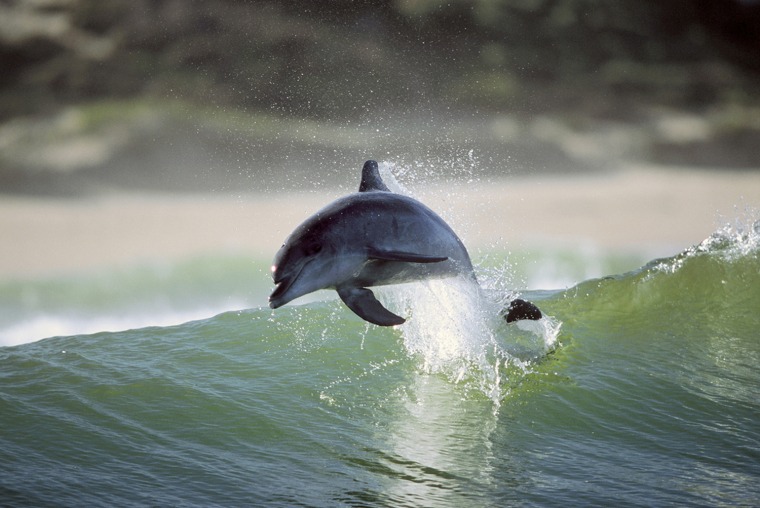
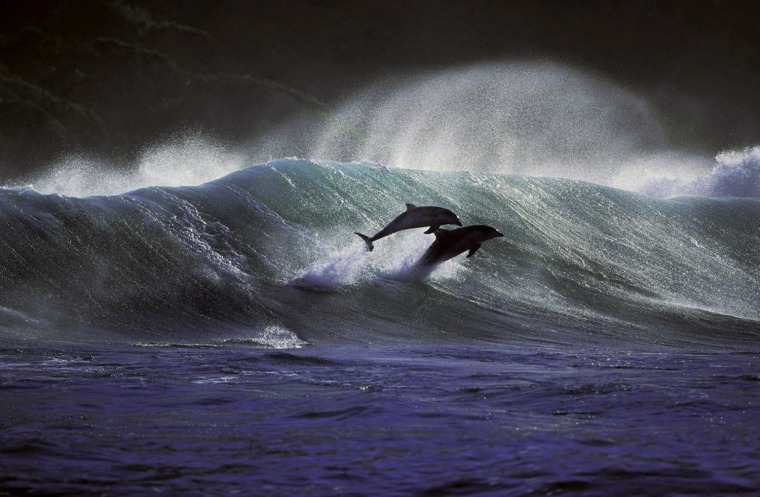
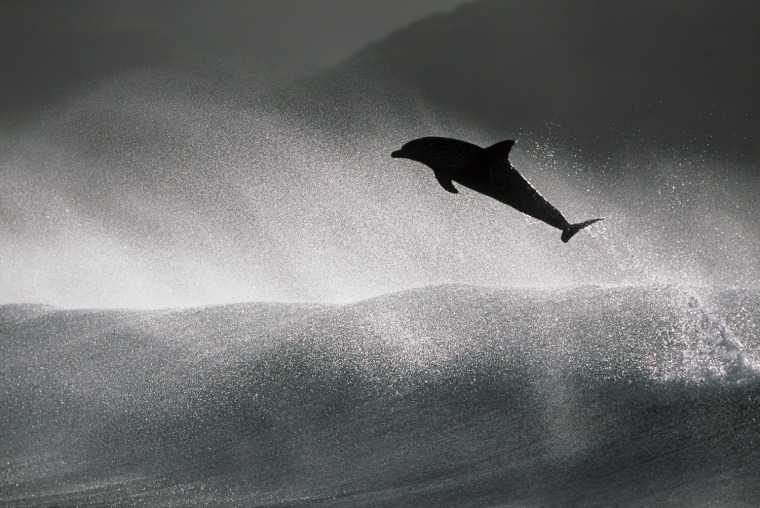
Awesome power
Huglin said it's both humbling and exciting to be in the presence of such powerful animals. "Bottlenose dolphins are the ones that do all the really fancy surfing," he said. "They’re up to 12 feet long, those suckers. ... When you put your hand on one of them, they’re solid muscle. It’s amazing how powerful they are."
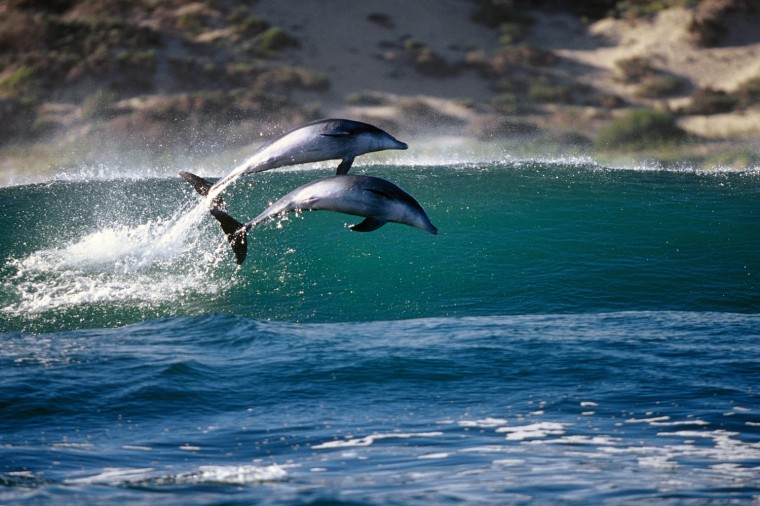
A love for the sea
Huglin has spent his entire career photographing and filming great white sharks, dolphins and other sea creatures, as well as extreme water sports. His trips to South Africa have been major highlights of his life. "From sunrise to sunset when I’m down there I’m either shooting great whites or I’m chasing dolphins," he said.
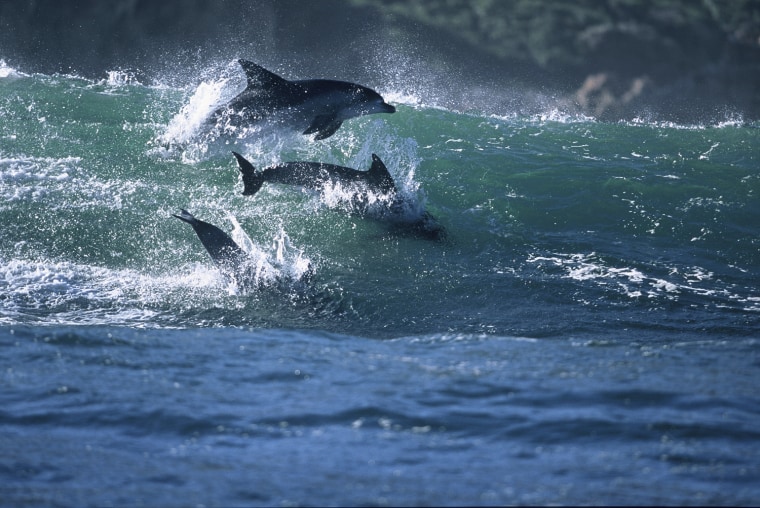
Gracefully choreographed
Huglin noted that in all the time he's spent around dolphins doing playful tricks, he's never once seen them collide into each other. "I’ve got shots of groups of 100 to 150 dolphins, and they don’t collide in the air. Their awareness is phenomenal," he said. "They always land gracefully."
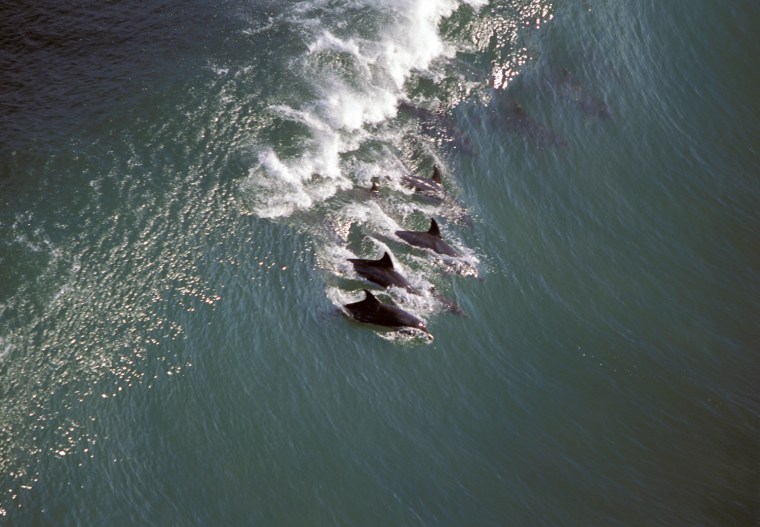
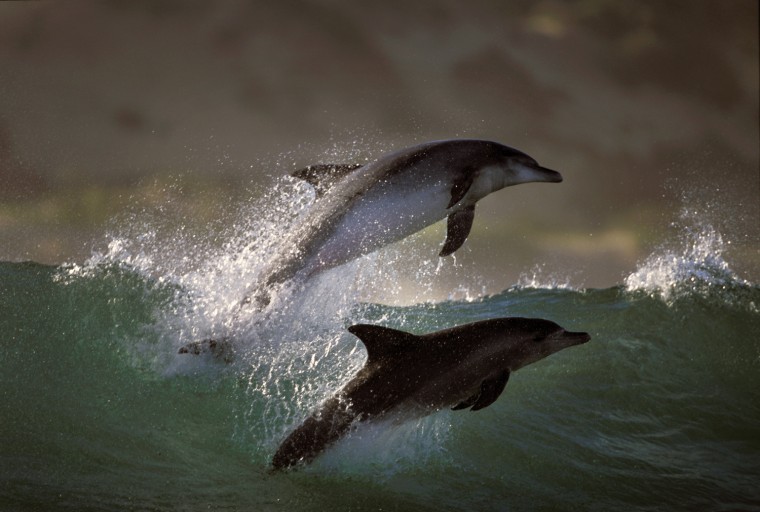
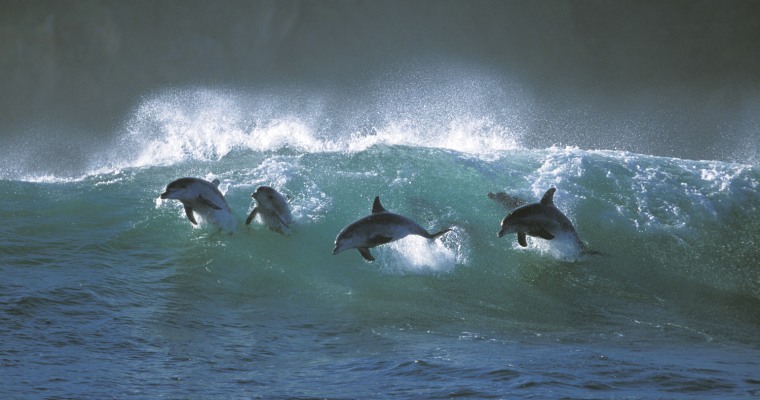
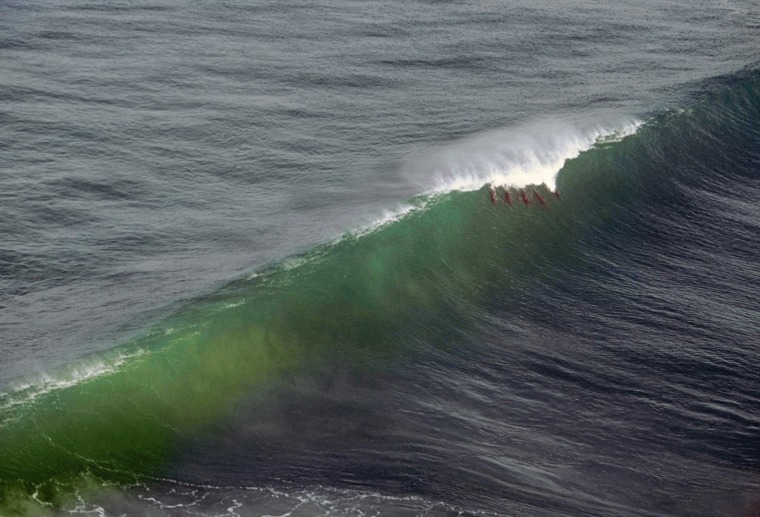
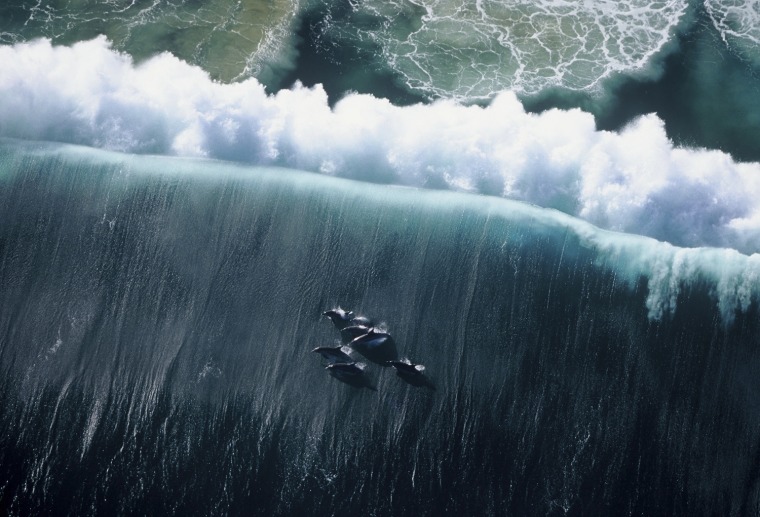
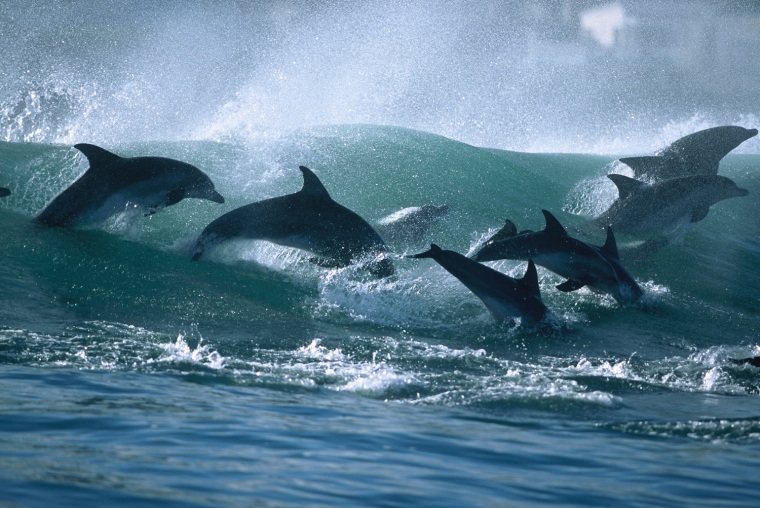
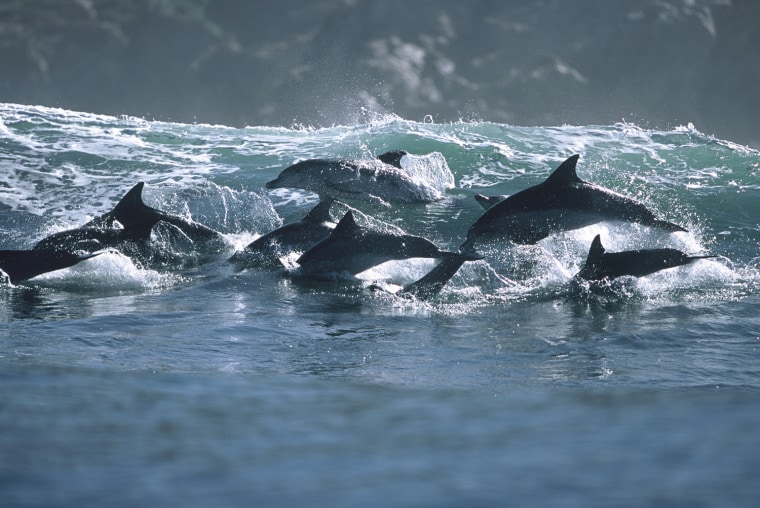
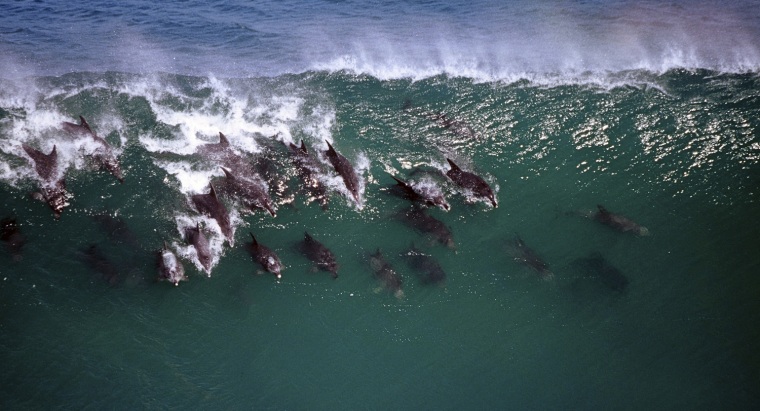

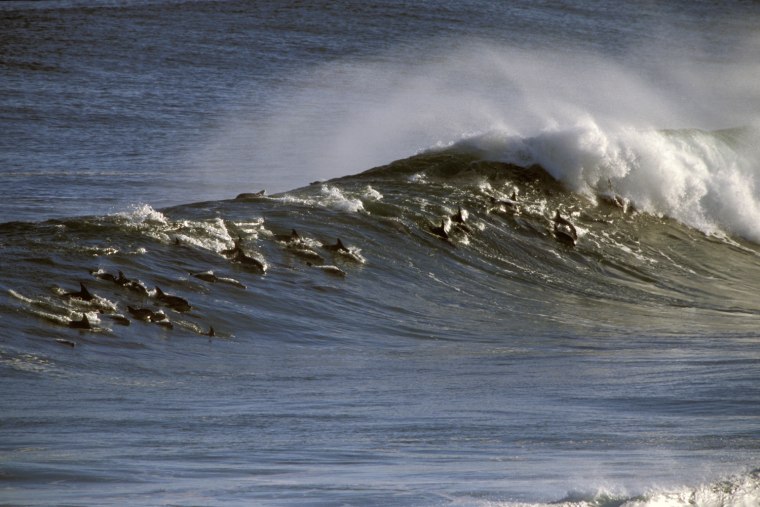
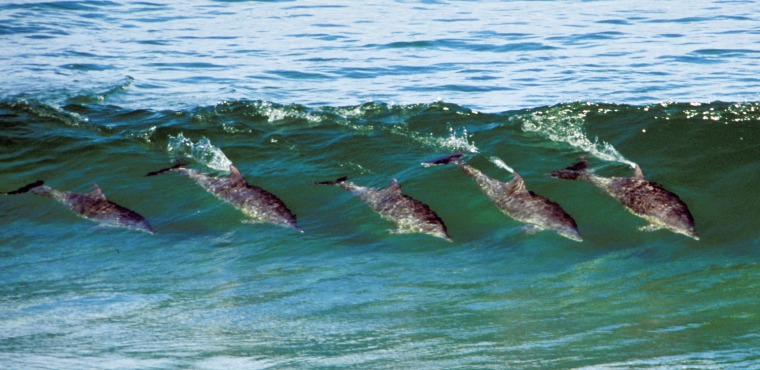
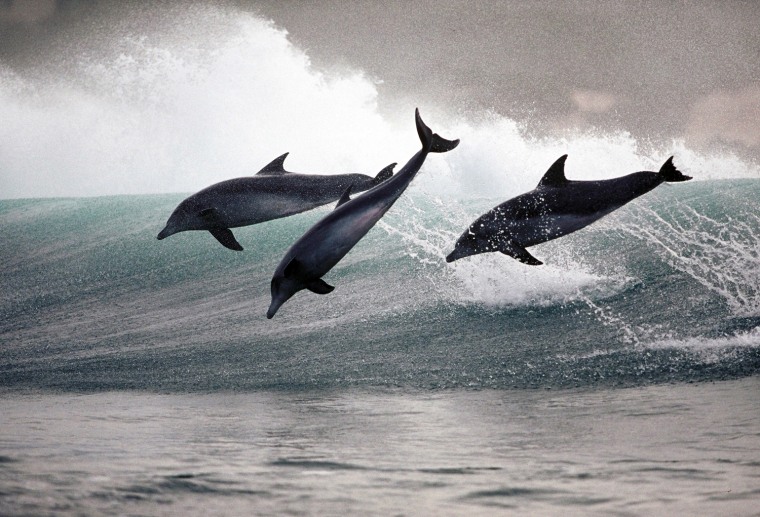
Joyful play
Huglin knows that dolphins often leap into the air for a purpose, but after watching them for hours on end, he also thinks they jump and frolic just for the fun of it. "I can’t help but think they do it because they can and because it’s really fun," he said. "Wouldn’t you do that if you could?"
•See more of Greg Huglin's photos